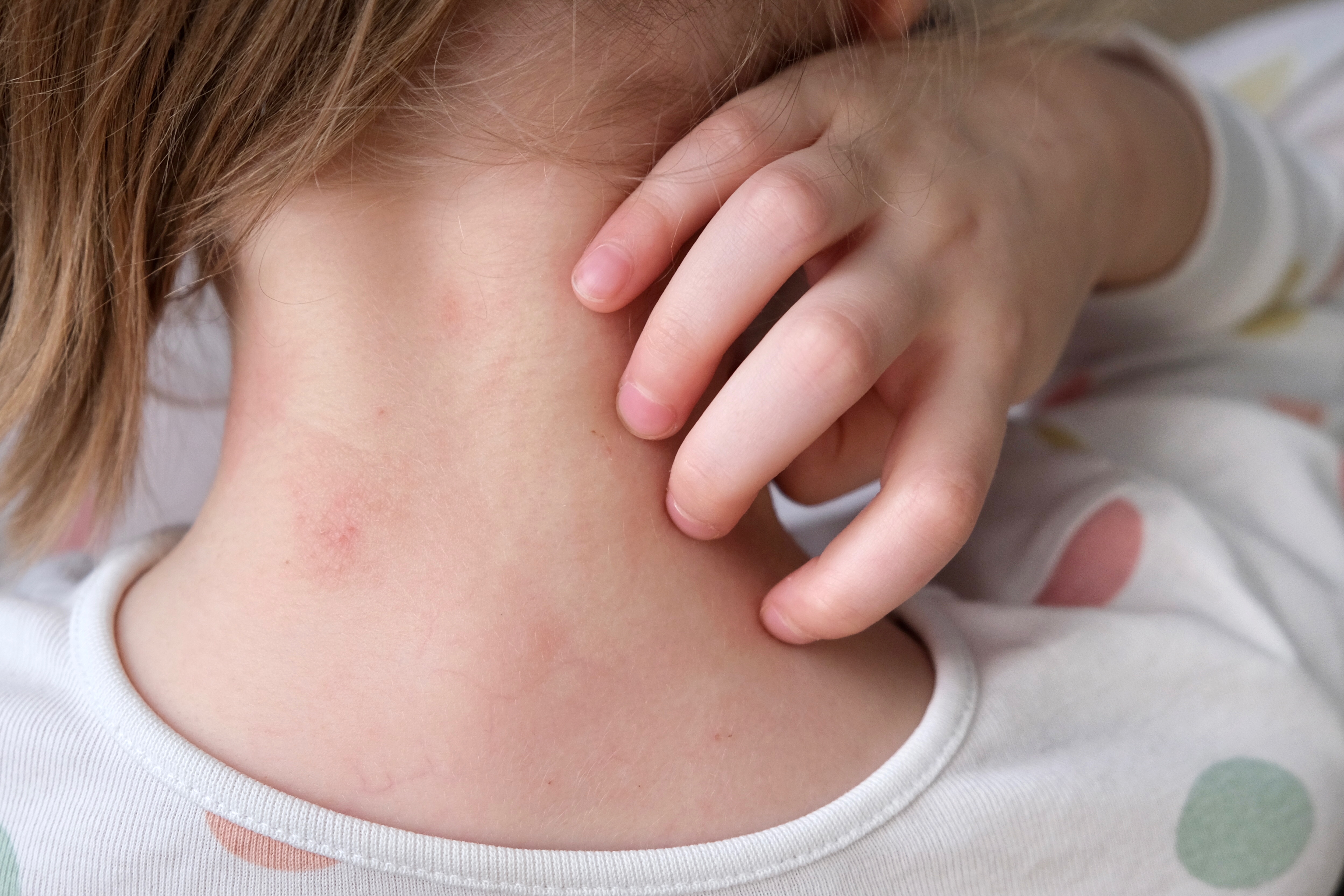10 Telltale Signs of Chickenpox You Shouldn’t Ignore
3. Itching: The Unbearable Urge

Itching is a common and often distressing symptom of chickenpox, accompanying the rash and significantly affecting the patient's comfort. The urge to scratch can be overwhelming, leading to potential complications such as skin infections or scarring if the blisters are broken. Itching is caused by the body's inflammatory response to the virus, which releases histamines that irritate nerve endings in the skin. Managing this symptom is crucial for patient comfort and to prevent secondary infections. Over-the-counter antihistamines, topical lotions like calamine, and oatmeal baths are commonly recommended to alleviate itching. Parents and caregivers should also ensure that children's nails are trimmed short to minimize damage from scratching. Educating patients about the importance of not scratching is vital, as it can help prevent long-term skin damage and promote faster healing of the rash. By effectively managing itching, patients can experience a more comfortable recovery process.
4. Fatigue: The Overlooked Symptom

Fatigue is a less obvious but significant symptom of chickenpox, often overshadowed by the more visible rash and itching. Patients may experience a profound sense of tiredness and a lack of energy, which can persist even after other symptoms have subsided. This fatigue is the body's natural response to fighting off the viral infection, as significant energy is expended by the immune system. It is important for patients to rest and allow their bodies to recover during this time. Fatigue can impact daily activities and overall well-being, making it essential for caregivers to recognize and accommodate this symptom. Encouraging rest, proper hydration, and a nutritious diet can support recovery and help manage fatigue. Understanding that fatigue is a normal part of the healing process can also provide reassurance to patients and their families, emphasizing the importance of self-care during the illness.
